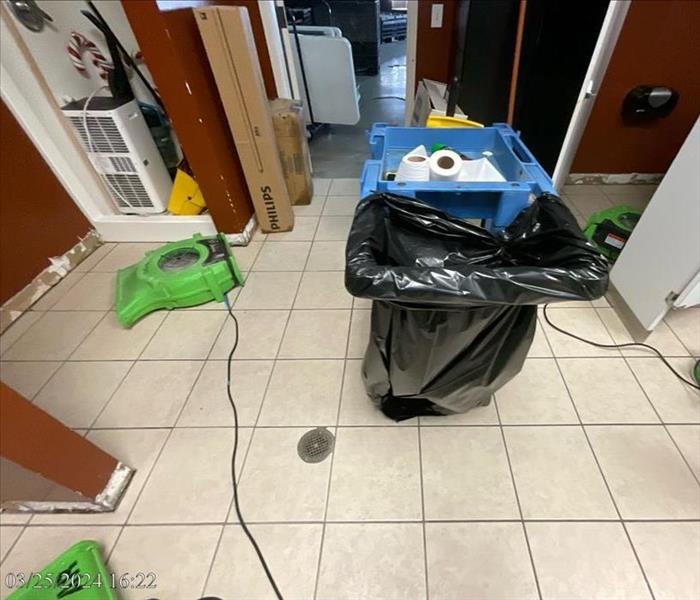Understanding the Aftermath of Storm Surge and Flood Damage
9/11/2024 (Permalink)
 SERVPRO is here to help you understand the aftermath and how to tackle the challenges that come with storm surges and flood damage.
SERVPRO is here to help you understand the aftermath and how to tackle the challenges that come with storm surges and flood damage.
When storms hit in New Braunfels, Texas, the destruction can be devastating, particularly from storm surges and flood damage. These natural disasters wreak havoc on homes and businesses, leaving behind a trail of destruction that can take months or even years to recover from. SERVPRO® is Here to Help® you understand the aftermath and how to tackle the challenges that come with storm surges and flood damage.
The Impact of Storm Surge and Flooding
Storm surges occur when strong winds from a storm push water onto the shore, causing sudden and severe flooding. This can lead to significant property damage, endangering lives and disrupting communities. Flood waters can infiltrate homes, businesses, and infrastructure, leading to extensive water damage, mold growth, and structural issues.
Flood Damage in Texas: A Startling Statistic
Texas is particularly vulnerable to flooding. In fact, a recent report highlighted that "Texas leads the nation in flood-related fatalities and property damage," according to the Texas Water Development Board. The financial impact is equally alarming, with flood damage costing Texans an estimated $1 billion annually. This statistic underscores the critical need for effective flood damage response and mitigation strategies.
Immediate Steps to Take After a Flood
The aftermath of a flood can be overwhelming, but knowing the right steps to take can help mitigate damage and speed up recovery.
- Ensure Safety First: Before re-entering your property, ensure it is safe. Check for structural damage, gas leaks, and electrical hazards.
- Document the Damage: Take photographs and videos of the damage for insurance claims.
- Remove Water Quickly: The longer water sits, the more damage it can cause. Use pumps, wet vacuums, and dehumidifiers to remove water and moisture.
- Prevent Mold Growth: Mold can start growing within 24-48 hours. Remove wet materials and dry out your space as quickly as possible.
- Call the Professionals: SERVPRO specializes in flood damage restoration. Our team of experts can assess the damage, provide comprehensive cleanup, and restore your property to its pre-flood condition.
Long-Term Flood Mitigation Strategies
To protect your property from future floods, consider these long-term strategies:
- Elevate Utilities: Place electrical panels, appliances, and heating systems above the potential flood level.
- Install Sump Pumps: A sump pump can help remove water from your basement.
- Seal Cracks and Openings: Prevent water from entering your home by sealing cracks in walls, floors, and foundations.
- Improve Drainage: Ensure that your property has proper drainage systems to divert water away from your home.
Conclusion
Dealing with the aftermath of storm surge and flood damage can be daunting, but with the right approach and professional help from SERVPRO, recovery is possible. Understanding the impact, taking immediate action, and implementing long-term solutions are key to protecting your property and ensuring safety in the future. Remember, SERVPRO is Here to Help® you navigate through these challenging times with expert care and dedication.

 24/7 Emergency Service
24/7 Emergency Service